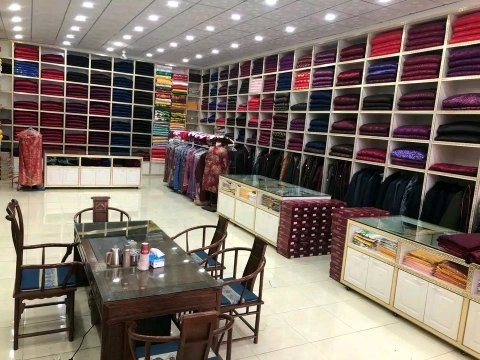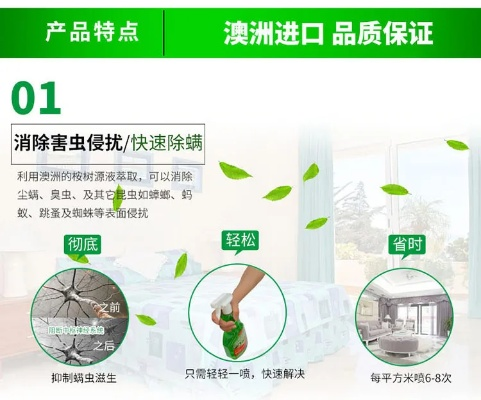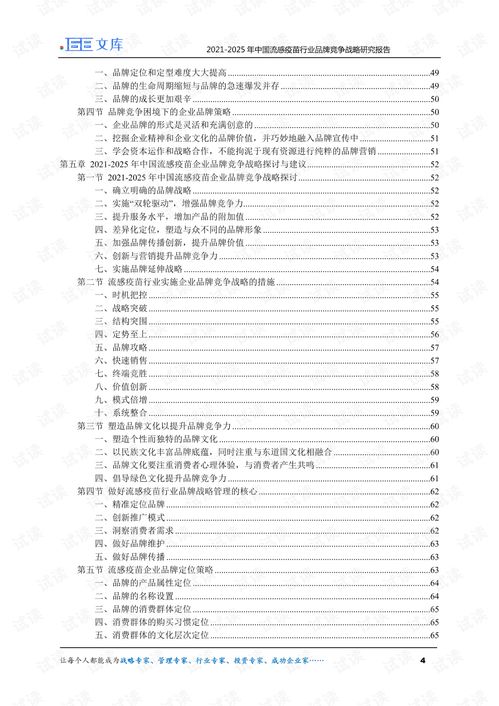The Evolution of Fabrics:A Journey Through History and Innovation
Introduction: The textile industry has been a cornerstone of human civilization for centuries. From the earliest days of weaving straw into cloth to the modern day, where technology and creativity have converged to create a diverse range of fabrics, the art of making textiles has undergone significant changes. In this essay, we will explore the evolution of fabrics from their inception to the present day, examining the key milestones and innovations that have transformed the way we live and work.
Historical Overview: The origins of textiles can be traced back to ancient civilizations such as Egypt, Greece, and Rome. These early civilizations used natural fibers like wool, linen, and cotton to create clothing and other textile products. Over time, these techniques were refined and developed further, leading to the emergence of complex patterns and designs that became synonymous with luxury.
In the Middle Ages, the development of weaving machines revolutionized the production of textiles. This new technology allowed for greater efficiency and mass production, which led to the widespread adoption of textiles across Europe and beyond. By the Renaissance period, textiles had become an integral part of European culture, with intricate designs and luxurious materials being prized by wealthy individuals.
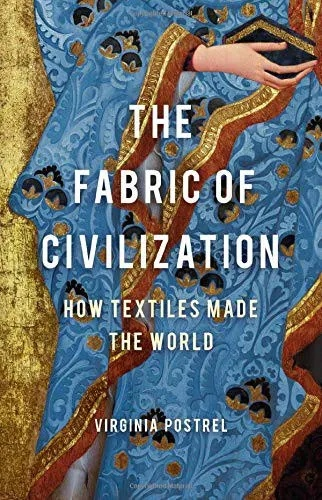
Modern Developments: The Industrial Revolution brought about a dramatic shift in the textile industry. With the advent of steam power and machine tools, textile production became more efficient and cost-effective. This led to the mass production of cheap garments and other textile products, which became accessible to a wider audience.
In recent years, the textile industry has continued to evolve at a rapid pace. Advances in technology have enabled us to produce more sustainable and eco-friendly textiles. For example, organic cotton, bamboo, and recycled materials are increasingly being used in the production of clothes and other textile products.
Technology and Innovation: One of the most significant technological advancements in the textile industry is the use of digital printing. This technique allows for the creation of high-quality, detailed designs on fabrics that would otherwise be difficult to achieve using traditional methods. Digital printing has also made it possible to produce custom-made textiles, which cater to the unique needs and preferences of individual customers.
Another area of innovation is the development of biodegradable textiles. These materials are made from plant-based materials like hemp or cornstarch, which break down naturally when they reach their end of life. This makes them a more sustainable option compared to traditional synthetic materials, which often take hundreds of years to decompose.
Case Study: One example of innovative textile design is the use of patterned knitwear. Knitwear, which involves knitting or purling yarn into a continuous loop, has long been a popular form of textile production. However, recent years have seen a surge in the popularity of patterned knitwear, particularly those featuring intricate designs and bold colors.
For example, the brand Everlane produces a range of patterned knitwear that is both stylish and affordable. The company sources its yarn from small farms around the world, ensuring that the products are ethically produced and sustainably sourced. Additionally, Everlane uses digital printing technology to create detailed patterns on its garments, making them easy to customize to individual taste.
Conclusion: The textile industry has come a long way since its inception, evolving through technological advancements and cultural shifts. Today, we have access to a wide range of fabrics that cater to our needs and preferences. From eco-friendly materials to custom-made designs, textiles continue to play a vital role in shaping our lives and society. As we look towards the future, it is clear that the textile industry will continue to evolve at a rapid pace, driven by innovation and sustainability.
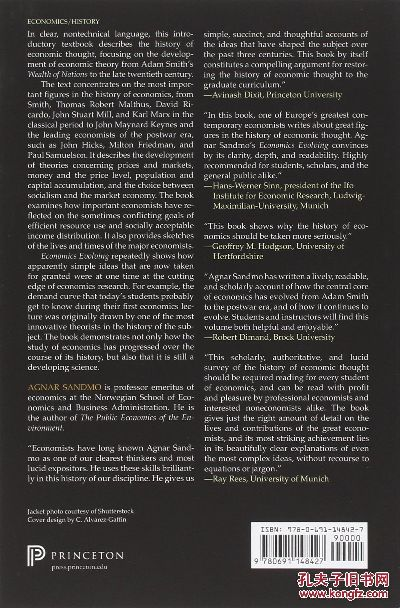
随着人们生活水平的提高,对服装的需求也越来越多样化,依戴纺织品作为时尚与品质的代表,深受消费者喜爱,本篇文章将围绕依戴纺织品展开讨论,通过英文案例说明其独特之处。
依戴纺织品的特点
- 材质选择:依戴纺织品主要采用高质量的天然纤维和合成纤维,如棉、麻、丝绸等,这些材质具有透气、吸湿、柔软舒适等特点。
- 设计风格:依戴纺织品的设计风格多样,融合了现代时尚元素与传统工艺,注重细节和品质。
- 适用人群:依戴纺织品适合各种场合穿着,无论是日常穿搭还是特殊场合,都能展现出独特的魅力。
英文案例说明
产品介绍:以一款依戴纺织品为例,介绍其产品特点和使用场景,这款产品采用高品质的天然纤维制作而成,色彩丰富,款式多样,适合各种场合穿着。
表格1:依戴纺织品产品展示
| 产品名称 | 材料 | 款式 | 适用场合 |
|---|---|---|---|
| 纯棉T恤 | 天然纤维 | 多色设计 | 日常穿搭 |
| 丝绸围巾 | 合成纤维 | 花边设计 | 晚宴、聚会 |
| 麻质外套 | 天然纤维 | 简约款式 | 工作、休闲场合 |
使用场景案例:
日常穿搭
消费者A:我最近买了一件依戴的纯棉T恤,穿上感觉很舒适,透气性好,非常适合春夏季节穿着。
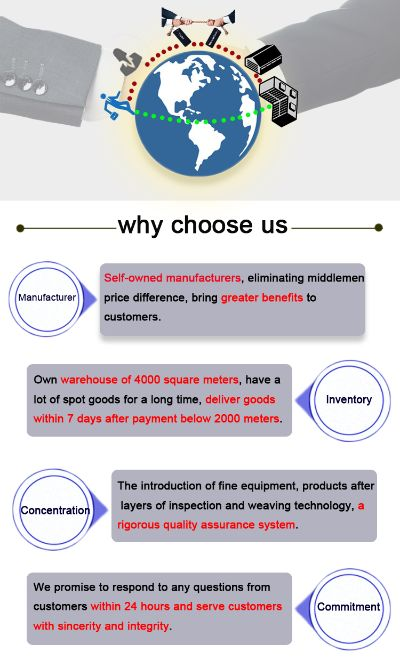
案例说明:这款纯棉T恤采用优质天然纤维制作而成,材质透气、吸湿,适合各种场合穿着,其设计风格现代时尚,适合各种年龄段和性别的人群穿着。
特殊场合穿着
消费者B:这款依戴的丝绸围巾非常适合参加晚宴或聚会时佩戴,展现出优雅高贵的气质。
案例说明:这款丝绸围巾采用高品质合成纤维制作而成,色彩丰富,款式多样,其设计风格融合了现代时尚元素与传统工艺,适合各种场合穿着,其品质优良,细节处理到位,展现出独特的魅力。
品牌推广策略
- 线上线下推广:通过社交媒体、电商平台等多种渠道进行品牌推广,提高品牌知名度和美誉度,举办线上线下活动,吸引更多消费者关注和购买。
- 客户口碑营销:通过客户评价、口碑传播等方式,提高客户满意度和忠诚度,提供优质的售后服务,解决客户问题,提高客户满意度和口碑传播。
- 与时尚博主合作:邀请时尚博主试用并分享依戴纺织品的产品特点和使用体验,提高品牌曝光度和影响力,通过合作推广的方式,吸引更多消费者关注和购买。
依戴纺织品以其高质量的材质、独特的设计风格和适用人群广泛等特点,深受消费者喜爱,在品牌推广方面,可以通过多种渠道进行宣传和推广,提高品牌知名度和美誉度,注重产品质量和服务质量,解决客户问题,提高客户满意度和口碑传播。
Articles related to the knowledge points of this article:
Navigating the World of Textile Accounting
